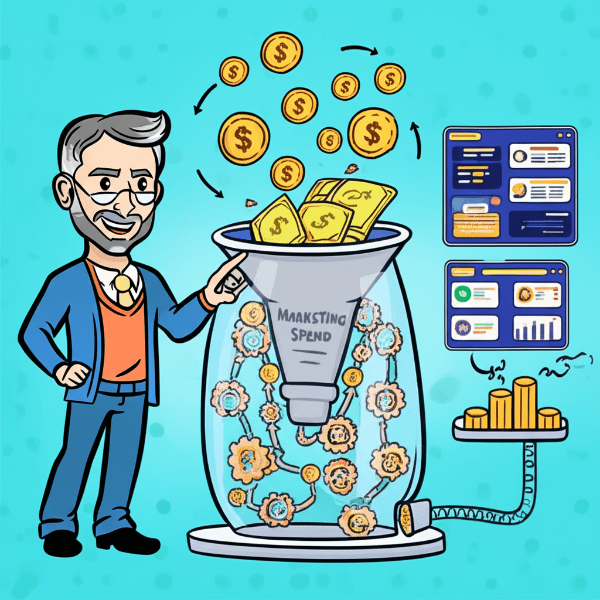Definition: Marketing analytics tools are essential for any business looking to make smarter, data-driven decisions. Whether you’re a growing startup or an established company, these tools help you understand what’s working across your campaigns—and just as importantly, what’s not.
From tracking ROI to pinpointing customer behavior, marketing analytics tools offer visibility into every stage of the customer journey. Without them, marketing becomes guesswork. With them, it becomes strategic.
By leveraging the right marketing analytics tools, businesses can optimize performance, allocate budgets more effectively, and scale with confidence.
Use It In A Sentence: We use marketing analytics tools to see which channels are driving the most traffic and conversions.

Benefits of Using Marketing Analytics Tools
- Smarter Decision Making: Access to real-time data means you can adjust campaigns on the fly, test new strategies, and react to market trends with speed and accuracy.
- Improved Campaign Performance: By identifying your highest-converting channels, messages, and audiences, you can double down on what works—and drop what doesn’t.
- Better Budget Allocation: No more throwing money at channels with unclear results. Analytics tools help justify spend and improve ROI.
- Deeper Customer Insights: Understand your audience’s behaviors, preferences, and conversion paths to better tailor your messaging and offers.
- Continuous Improvement: With clear metrics, you can test, tweak, and optimize every campaign component—from ad creatives to landing pages.
Key Elements of Marketing Analytics Tools
- Channel Tracking: Whether it’s email, SEO, paid ads, or social media, your tools should show exactly where your traffic comes from—and how each source performs.
- Attribution Modeling: Go beyond last-click insights. Proper attribution shows the full picture of how users interact with multiple touchpoints before converting.
- Dashboard Reporting: Consolidate your data into visual, shareable dashboards. This helps both marketing teams and stakeholders quickly interpret campaign results.
- Integration with CRM & Ad Platforms: Seamless integration ensures that data flows between your tools, CRM, and ad platforms—keeping everything aligned and actionable.
- Goal & KPI Tracking: Define success metrics clearly, whether it’s form submissions, revenue, or engagement. Good tools let you measure progress against these targets easily.
- Segmentation & Audience Analysis: Break down performance by audience types, behaviors, or demographics to refine targeting and improve personalization.
More Definitions
(From the Sales & Marketing Jargon Encyclopedia)
- Custom Landing Pages are standalone web pages tailored to a specific audience or campaign, designed to drive a single focused action like sign-ups or sales.
Read More> - Customer Acquisition Cost (CAC): is the total amount a business spends on marketing and sales to acquire a new customer.
Read More> - Marketing Attribution: The process of identifying which marketing touchpoints or channels contributed to a customer’s decision to convert or make a purchase.
Read More> - Marketing Attribution Modeling: A framework for determining which marketing touchpoints contribute most to conversions and assigning them appropriate credit.
Read More>
Useful Posts
(From the Sales Funnel Professor Blog)
- Top of Funnel: Organic Social Strategies: Learn how to build brand awareness using unpaid social media content and outreach.
Read More> - SEO Top of Funnel Strategies: Dive into organic tactics that increase visibility at the awareness stage without a paid budget.
Read More> - How to Find Low-Hanging Fruit in Sales & Marketing: Discover practical ways to identify quick wins and easy-to-implement strategies that don’t require a big spend.
Read More>






















